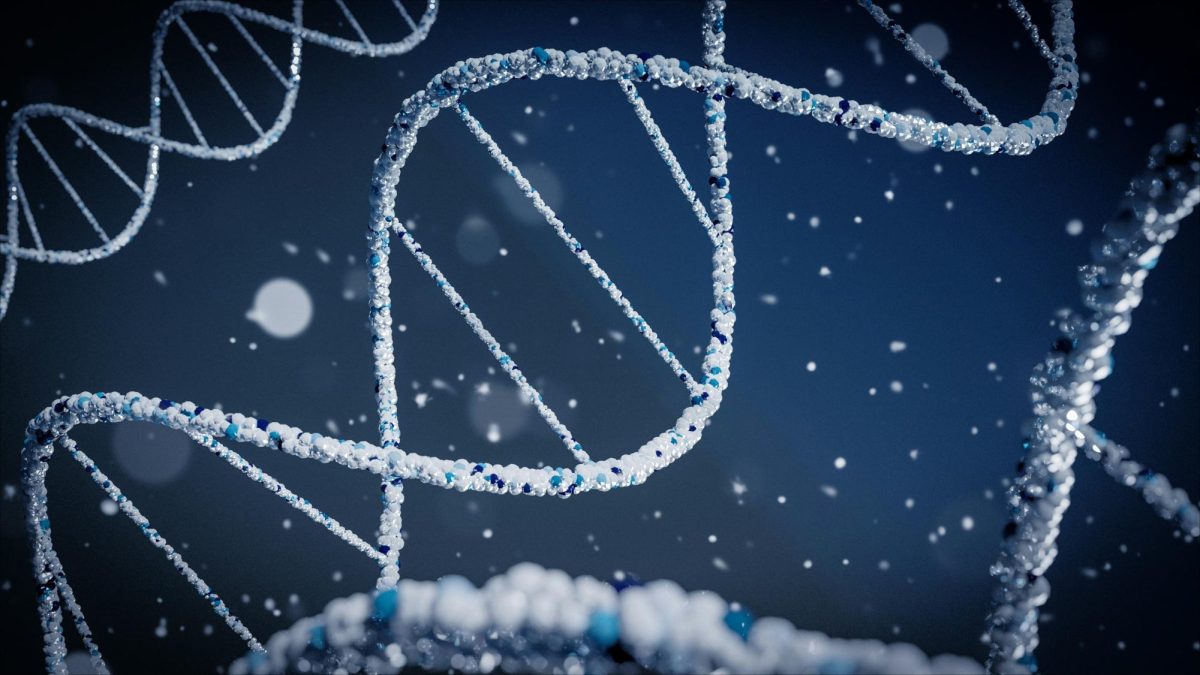An ancient black hole formed only 470 million years after the formation of the universe was recently discovered by NASA’s James Webb Telescope and Chandra X-ray Observatory. This black hole is an estimated 13.2 billion years old, leading astronomers to believe this discovery will help to find more information about the beginning of the universe (NASA).
The recently discovered black hole was found in a galaxy named UHZ1. It is estimated to weigh anywhere from approximately 10% to 100% of the mass of all the stars in the UHZ1 galaxy (AP News). This ratio is at least 100 times larger than that of the black hole in the Milky Way Galaxy, which is believed to take up only 0.1% of the mass of all the stars in its galaxy (AP News). Its enormous size was an astonishing discovery by scientists, especially because of its early formation.
According to NASA, this discovery is distinctly significant because it proves that supermassive black holes began to form quickly after the Big Bang. Astronomers believe that the black hole from the UHZ1 galaxy could help to explain how supermassive black holes gained their enormous mass so soon after the universe was created (NASA).
Experts have concluded from analyzing the size of the black hole that it was massive from the start, compared to other black holes that start off with a smaller mass. This would give the black hole a head start in growing to its extreme size, although there is a physical limit on how quickly black holes can grow (Goulding). Experts also suspect that this ancient black hole formed from the collapse of massive clouds of gas instead of the collapse of a star, which is the most common way a black hole forms (NASA).
The discovery of the UHZ1 black hole utilized a technique called gravitational lensing between the Webb and Chandra telescopes. The Webb telescope may have already spotted another black hole that is 29 million years older, but this still needs to be verified and observed in X-rays (AP News). These recent discoveries show the potential of these telescopes and the possibility of even further developments in understanding the beginning of the universe.









